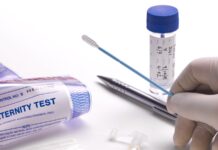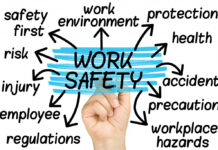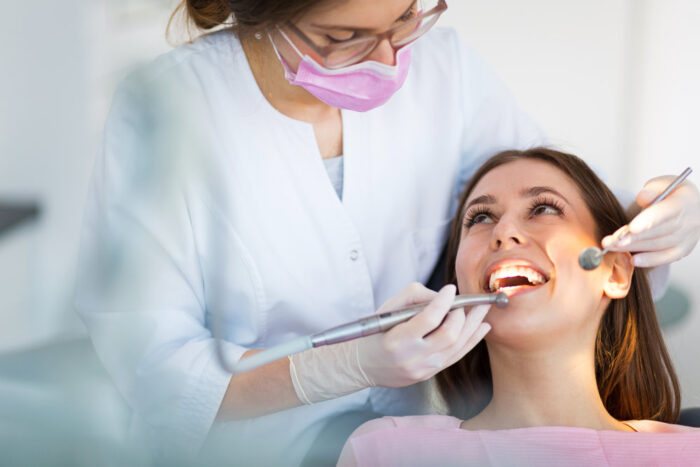
If you haven’t been to the dentist in a while, you may have forgotten what to expect during a routine dental check-up. Not knowing what exactly they will be doing during the visit makes most people feel a bit anxious or skip their appointment. On the other hand, there are people whose teeth are of such great quality that they didn’t feel the need for regular check-ups. They usually don’t even know what such an appointment looks like.
Hearing noises you know little about and seeing sticks and tubes peeking from your mouth may stress you out, but that’s what this guide is about. In order to prevent anxiety, we’ll walk you through an ordinary routine check-up – understanding each step of the way will make you feel more peaceful and go through the procedure more easily.
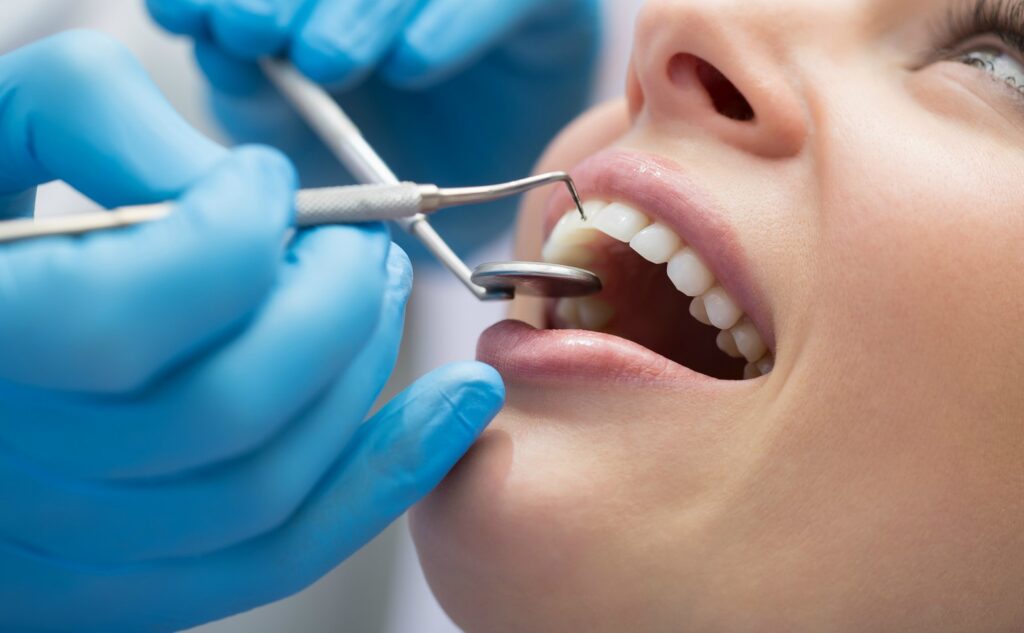
Greet your receptionist
The receptionist is the first person you’ll meet during your appointment. They’re usually lovely people who make sure things go smoothly and are in charge of making appointments and getting payments.
They’ll be the ones to notify you when you’re supposed to come in next and occasionally have a chit-chat with you while you’re waiting, while their cheerful spirit and strong communication skills can help the clients to ease the stress caused by fear from dentists. This website has a specific section containing various testimonials of satisfied patients, which makes people choose their services because of the kindness of their staff.

Meet your hygienist or certified dental assistant (CDA)
The next person you will probably meet is your hygienist or perhaps a CDA. There is a notable difference between these two:
- Hygienists are trained dental professionals who take care of regular cleanings and routine oral care. They also assist dentists in other procedures and are an essential part of any dental practice and the team that works to keep your oral health at its best
- CDAs don’t do as much cleaning work as hygienists do, but they provide great assistance with the preparation work and helping dentists during procedures.
Both of these roles are integral parts of a dental practice, which is why it doesn’t hurt to know who they are and how they can help.
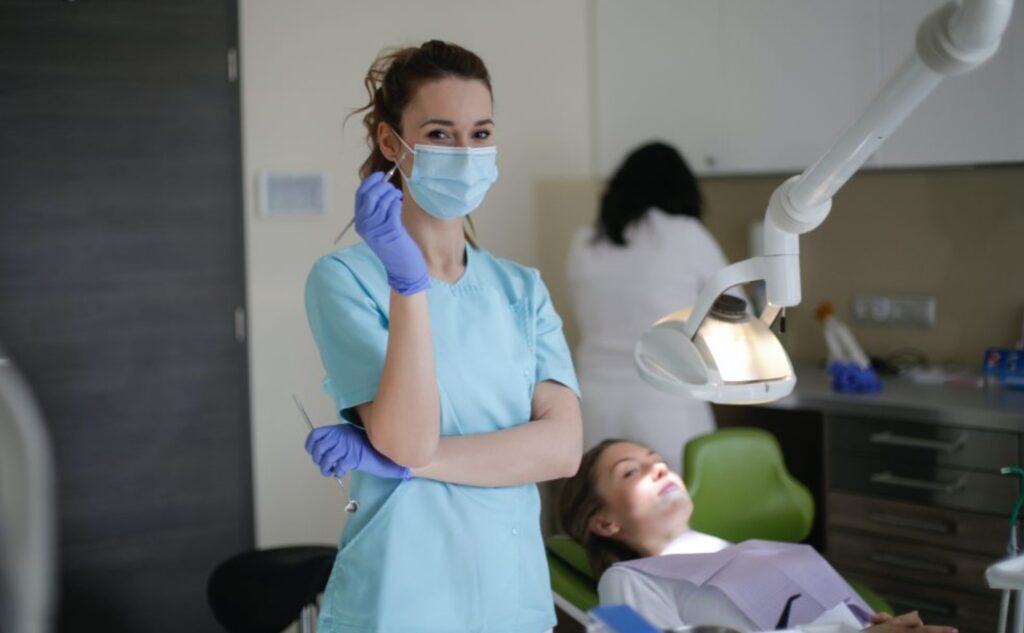
Tell them about your medical history
Your hygienist will need to know about your medical history before they perform any procedure. The conversation usually includes questions like whether it’s your first appointment, or if you have been to any appointment before, any health changes such as pregnancy, diabetes, arthritis, or new medications, etc. Also, it is noteworthy to inform your dental care team about any health concerns, allergies, or anxieties you may have in order to avoid any type of incident.
They need to know all these details in order to be able to give you the kind of care you need. People being afraid of dentists is quite a common case, so don’t try to be brave and keep your concerns to yourself. Just share them, and your fears may decrease or disappear after having an honest conversation with the staff. Sometimes, when stress kicks in, all you need is just a little explanation from professionals or a little listening and a few smiles to make things go smoothly.

Teeth cleaning
After all your concerns have been shared, it’s time for your hygienist to start working on improving your oral health. First of all, they’ll give your teeth and mouth a thorough cleaning. The procedure should include scraping off the layers of plaque and flossing between and around every tooth to remove food particles clinging on.
Once this is done, they’ll use a tooth polisher with a spinning head and a lightly abrasive paste to give your teeth a shiny finish. This will make your teeth smoother and make sure that there’s no residue that was previously missed.
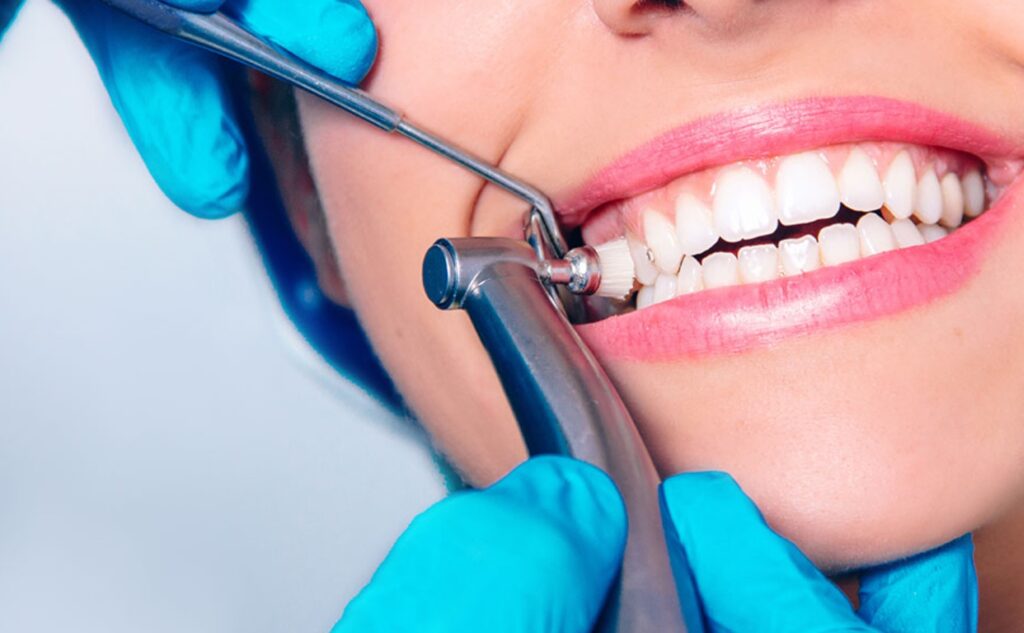
Examining your teeth
Now when your teeth are squeaky clean, it’s time to have a look at all problem areas inside your mouth. They’ll use a metal probe with a small angled mirror which helps them see behind and between gums and teeth. Also, they’ll be able to check for softening or tooth enamel and dentin. look for mouth sores, redness, or gum swelling in any area.
The last step is to measure your mouth’s periodontal pockets. You probably have no idea what this is, don’t you? Periodontal pockets are the spaces between the top of the gum and line and where the gum tissues stick to the tooth. The periodontal pocket should ideally be only between one and three millimeters deep. However, if your pockets are deeper, that can be a sign of gum disease and your condition should be closely monitored.
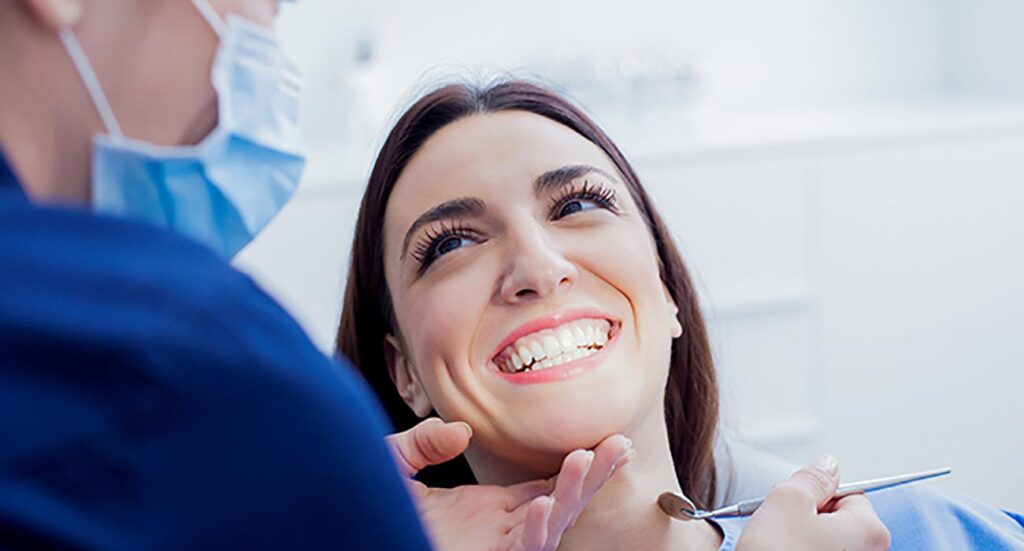
Dental X-rays
Lastly, a person who performs a check-up will take X-ray pictures of your teeth. This procedure helps your dentist check if there are any issues ‘beneath the surface’. The pictures are made with an X-ray imaging machine placed against your cheek while you’re biting down a piece of specially designed plastic. The image won’t only show the visible parts of your teeth but also the roots below the gum line and your jawbones as well. Your dentist will be able to see exactly what’s happening inside and provide proper oral care.
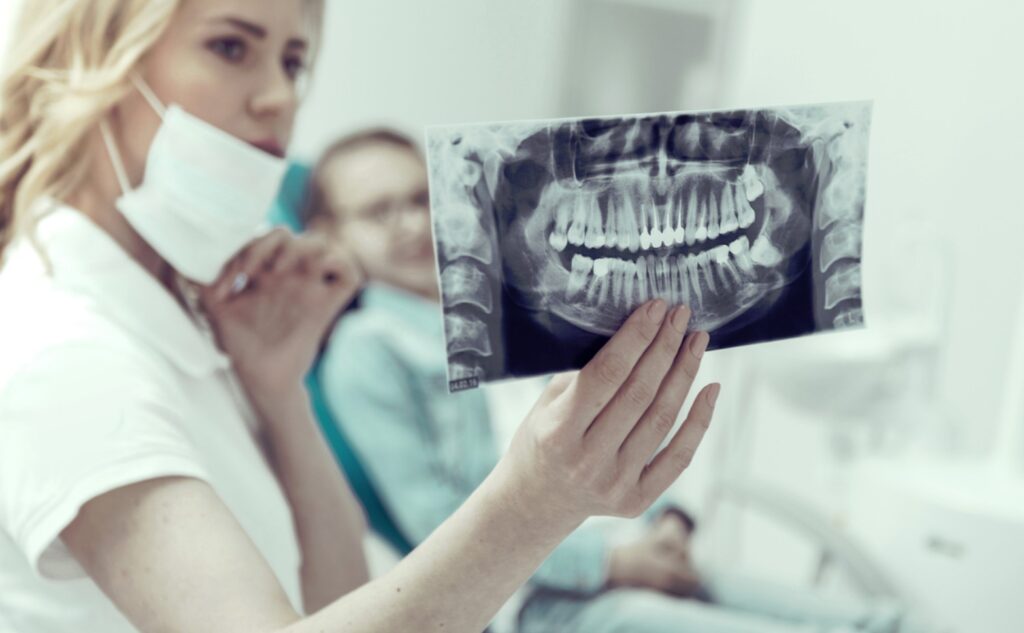
Dental exam
This exam is something that comes after the initial examination – the check-up. The initial examination is done by your hygienist and the exam is done by your dentist. During this phase, they’ll use your X-ray in order to see whether there are any abnormalities below the visible gum line, loss of the bone or fractures. When this is done, they’ll move on and determine if there are any issues with jaw alignment, teeth grinding, as well as check for oral cancer.
The final and the last step of the routine check-up is scheduling your next appointment within the next six months. That’s the most effective and easiest way to avoid forgetting your regular examinations. You may be diligent and consistent in your oral care, but there’s no better protection than having the health of your teeth professionally monitored. So, wait no more – take a trip to the front desk and schedule your next visit!





